About 15 years ago, Lancaster, CA, was dealing with record-setting housing shortages, homelessness, and unemployment rates.
As the economy worsened, the city took a chance — investing $11.5 million in a street refreshment project that would transform the five-lane boulevard. Fast-forward to 2023, the city is booming and hundreds have recovered…but how did this risk result in such a reward?
Looking Back: What the Street Once Was
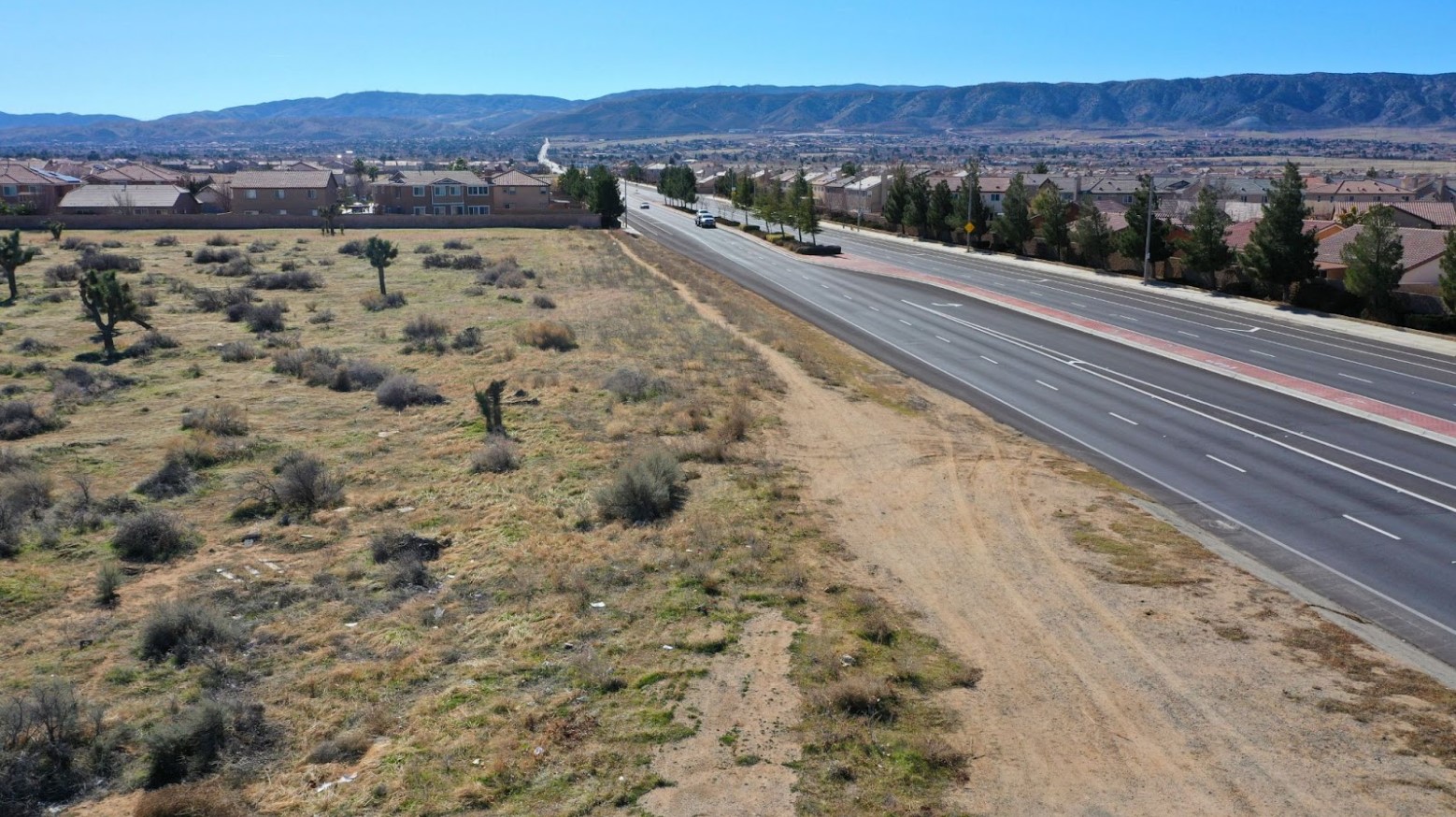
Prior to the renovation of the “rambla,” the street was a nine-block stretch of road lined with industrial gray structures.
It sat in the city center, originally serving as nothing more than a transportation point. As economic tension worsened in the local area, the local government took a chance — resulting in what is now known as “America’s Best Main Street.”
How Long Did Renovations Take?
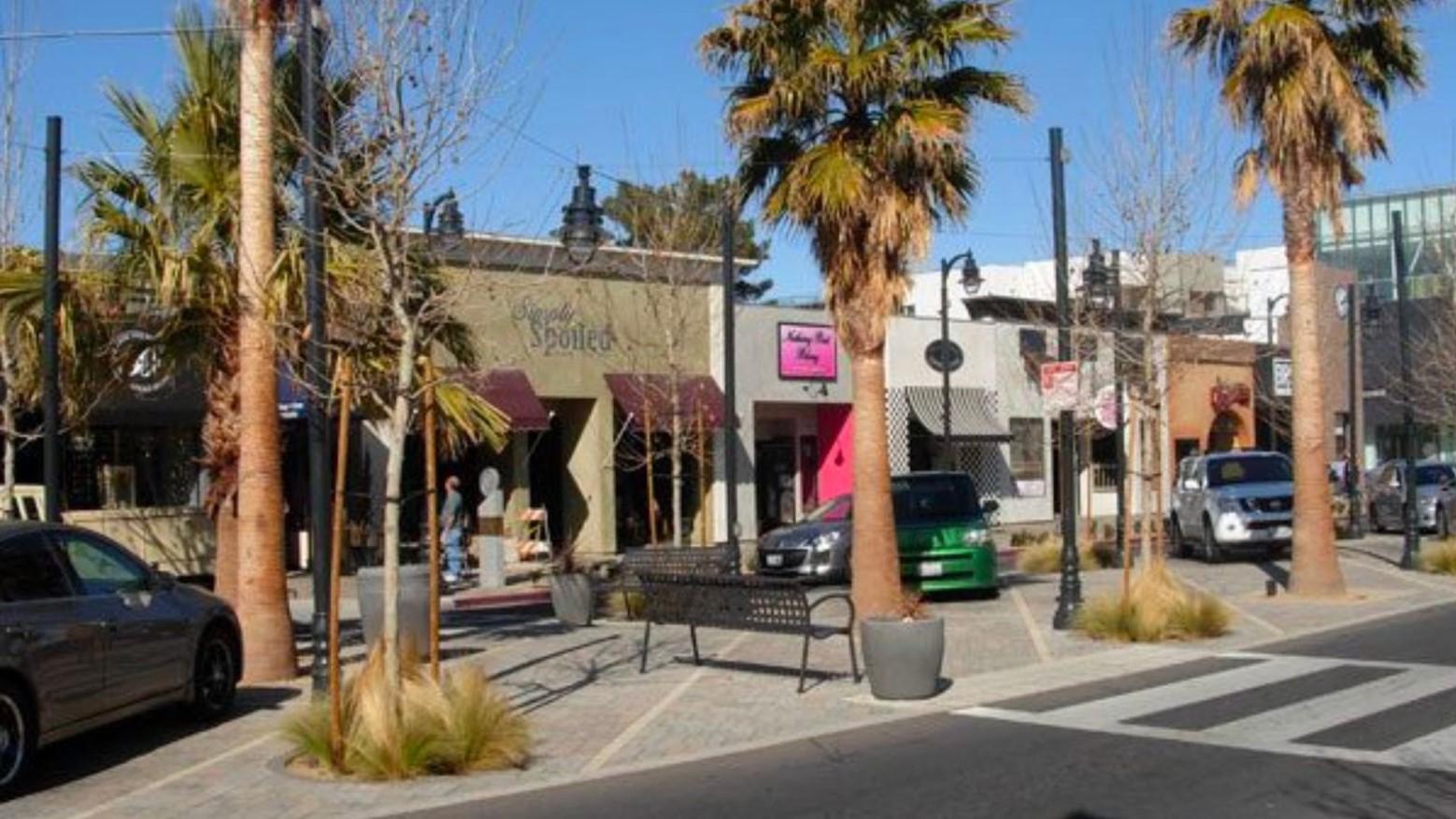
The renovation took place in 2010, kicking off the project and the city’s focus on beautification efforts. The team was led by Moule & Polyzoides, preparing a design concept for the first leg of improvements in the historic downtown area.
To begin the work, city officials opted to insert a custom-designed rambla in between the five-lane arterial point of the road.
The Project Has Been Successful on a National Scale

Beyond the direct impact to local residents, the boulevard beautification project has been recognized on a national scale.
The U.S. Environmental Protection Agency (EPA) awarded the project with the 2012 Overall Achievement Award for Smart Growth. Additionally, the International Downtown Association awarded the project with the 2013 Downtown Pinnacle Award for Public Space.
Exploring the Fiscal Success of the Lancaster Boulevard Project
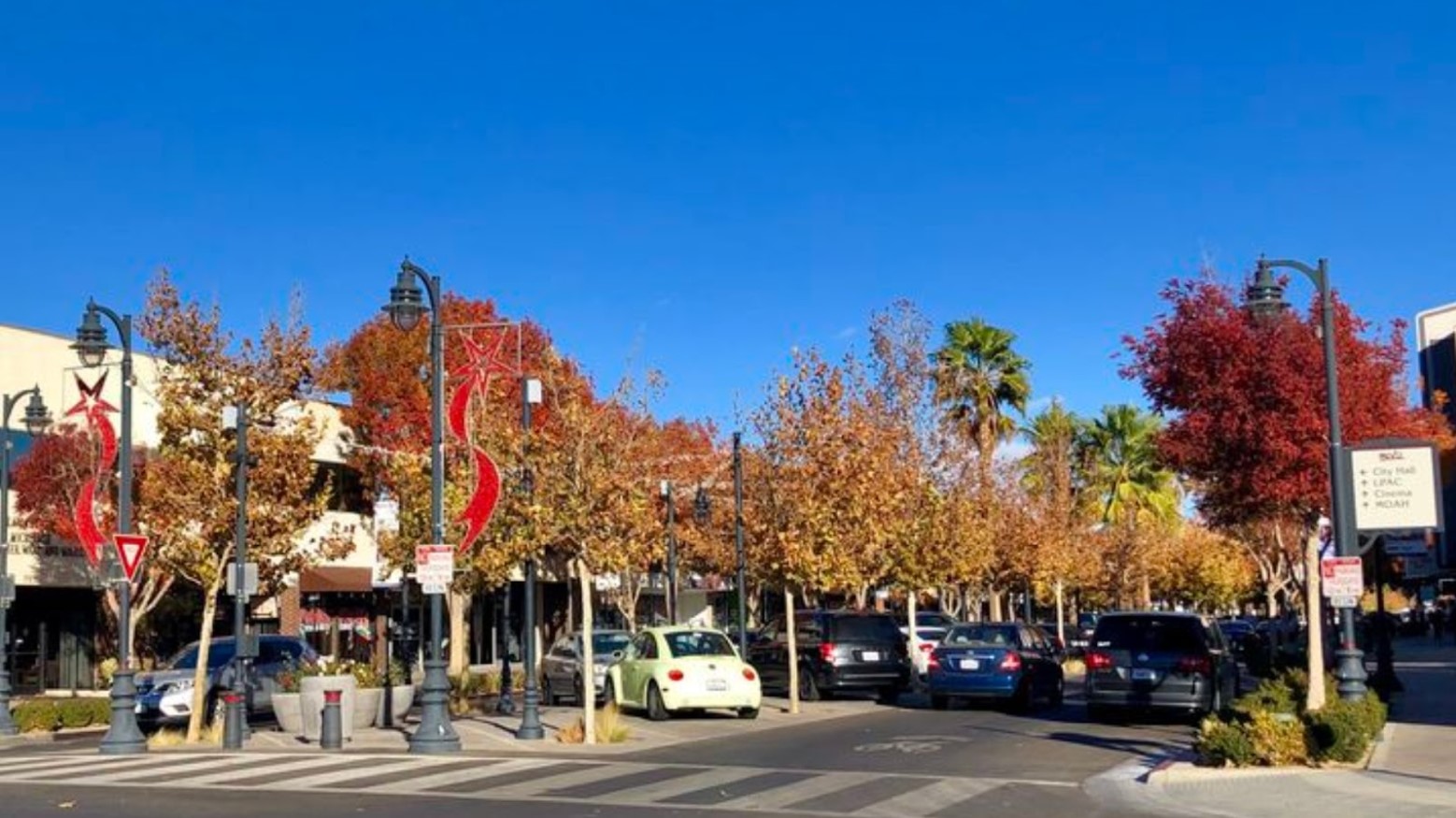
While many may have considered the $11.5 million investment cost a risk, it appears that the risk has paid off.
The Lancaster Boulevard project was able to boost the local economy by over $280 million dollars. That number may rise, as over 40 new businesses have appeared on the boulevard after construction was completed.
Why Did the Facelift Work?
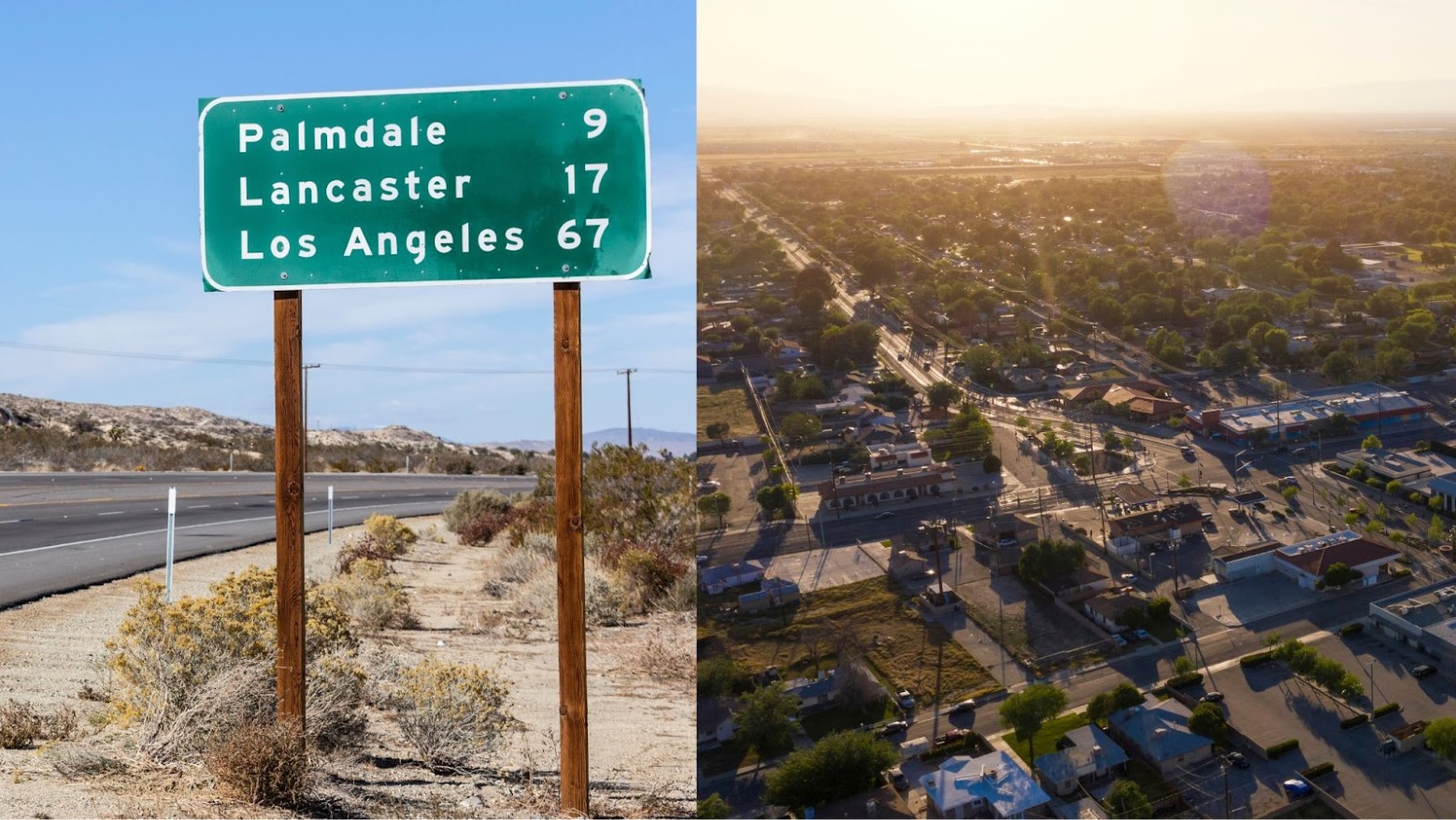
While the success offered many residents new opportunities, many have questioned what made the Lancaster Boulevard project so successful.
“Before, there were a lot of empty spaces…so people would drive by at 60 mph,” Resident Shirley Griffiths told the SF Gate. “[Now?] They’ll park once, get out, walk the streets, and see what is else available to them.”
Beautification Efforts Continue Long After the Boulevard (BLVD) Project Concluded

As new businesses emerge, residents see that a new vigor for beautification has as well. In an effort to keep the area beautiful, Lancaster has commissioned a street team that works to keep streets clean throughout the year.
Street team members have told the SF Gate that they work every weekday, from 9 a.m. to 2:30 p.m. — preserving the spirit of beauty on what’s now known as the BLVD.
Even a Decade Later, the BLVD Inspires Citizens Across the United States
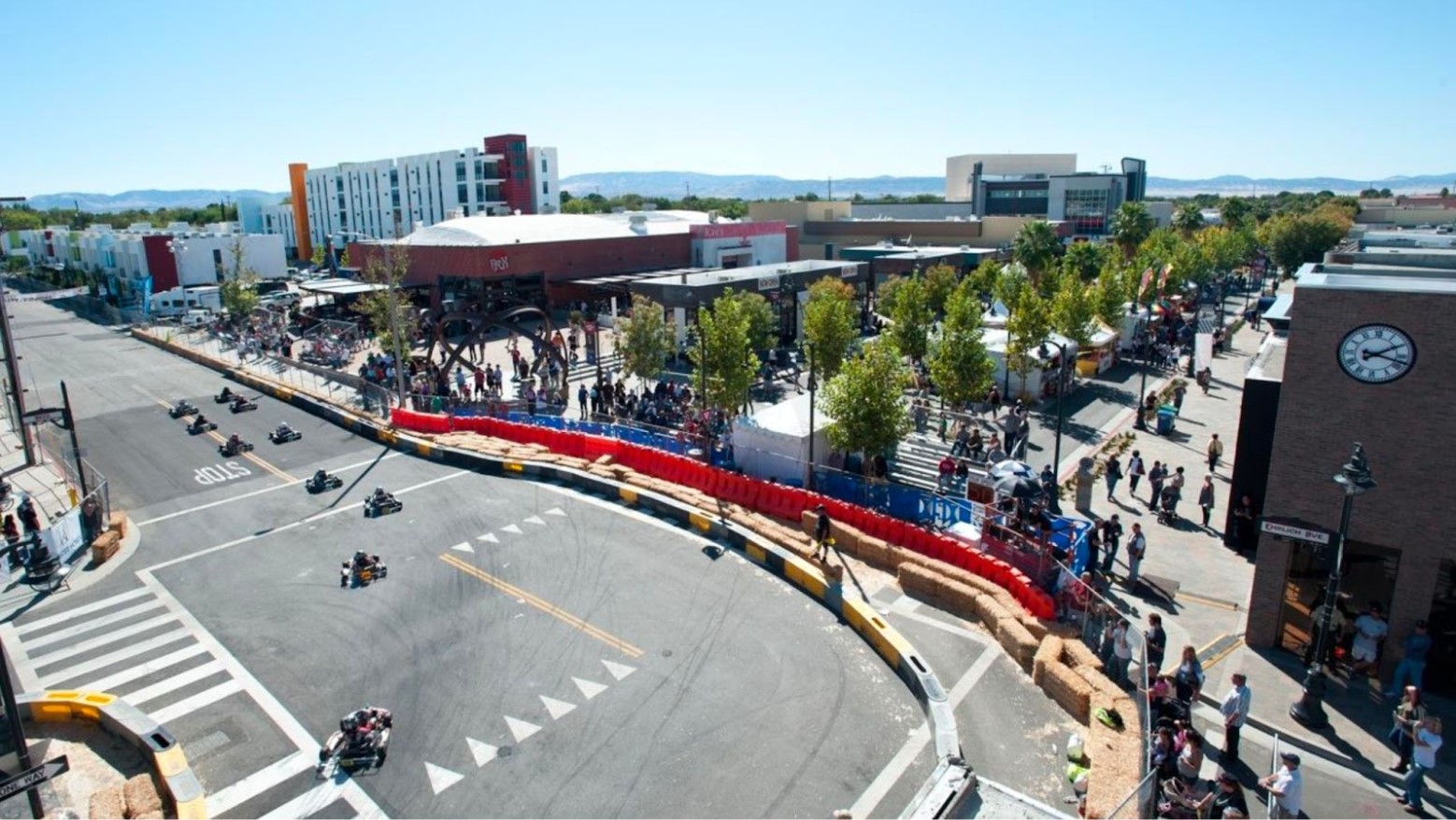
Nearly a decade after construction concluded, the BLVD is still inspiring journalists and architectural enthusiasts around the country.
For example: Editor Robert Steutville wrote an article in 2021 in Public Square, citing Lancaster as the “gold standard for main street renovation in America.” Experts in the article agreed, stating that the BLVD is pivotal in changing the way America thinks about boulevards.
Notable Numbers: The Quantitative Effects of the BLVD, Then to Now
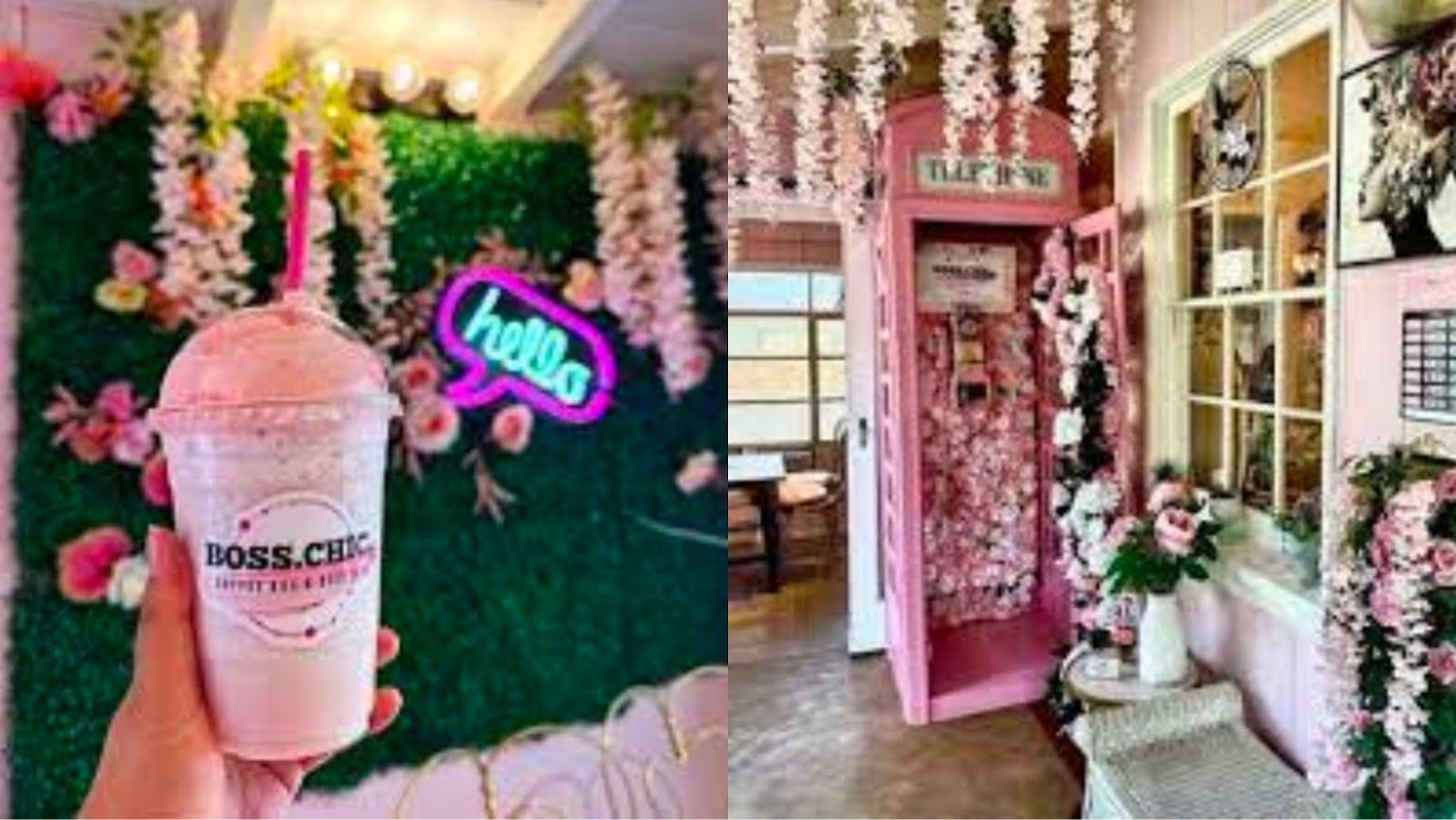
Public Square went on to note the impressive quantitative effects of the BLVD build project, which has transformed the lives of hundreds of locals.
Statistically, 800+ permanent jobs were created, as well as an additional 1,100 temporary construction jobs during the mid-2010s recession. Additionally, over 116,000 square feet of commercial space has been updated.
A Tale as Old as Time: The History of Lancaster, CA
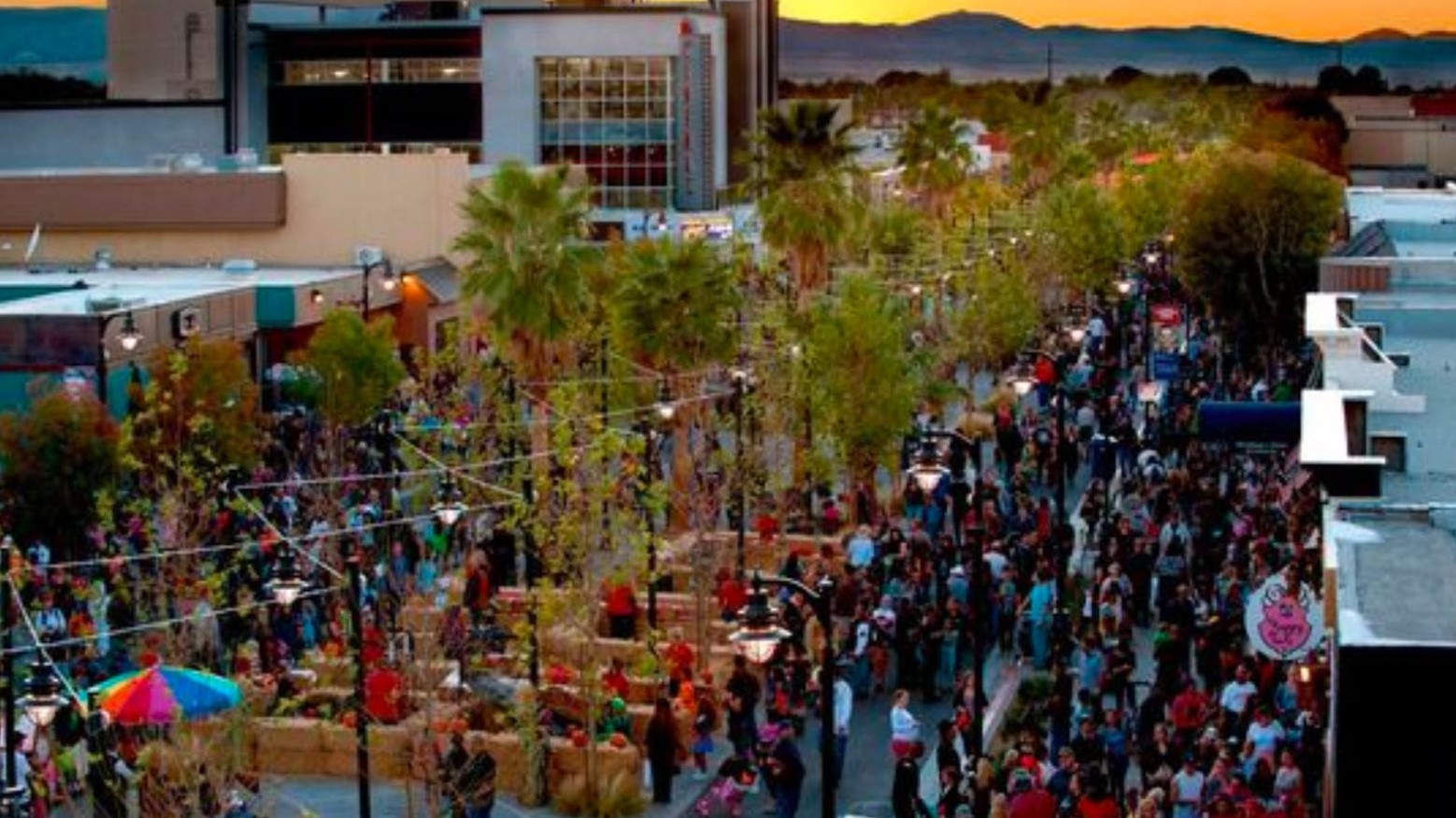
Lancaster’s unique roots may have contributed to its growth and temporary loss of popularity. The railroad town was known mainly for its small outcropping of streets in the later years of the 1800s, and grew slowly in the 20th century.
During this time of growth, the aerospace industry moved in — prompting the creation of small suburban housing areas and commercial buildings.
Residential Pleasure Options Didn’t Grow as Business Boomed
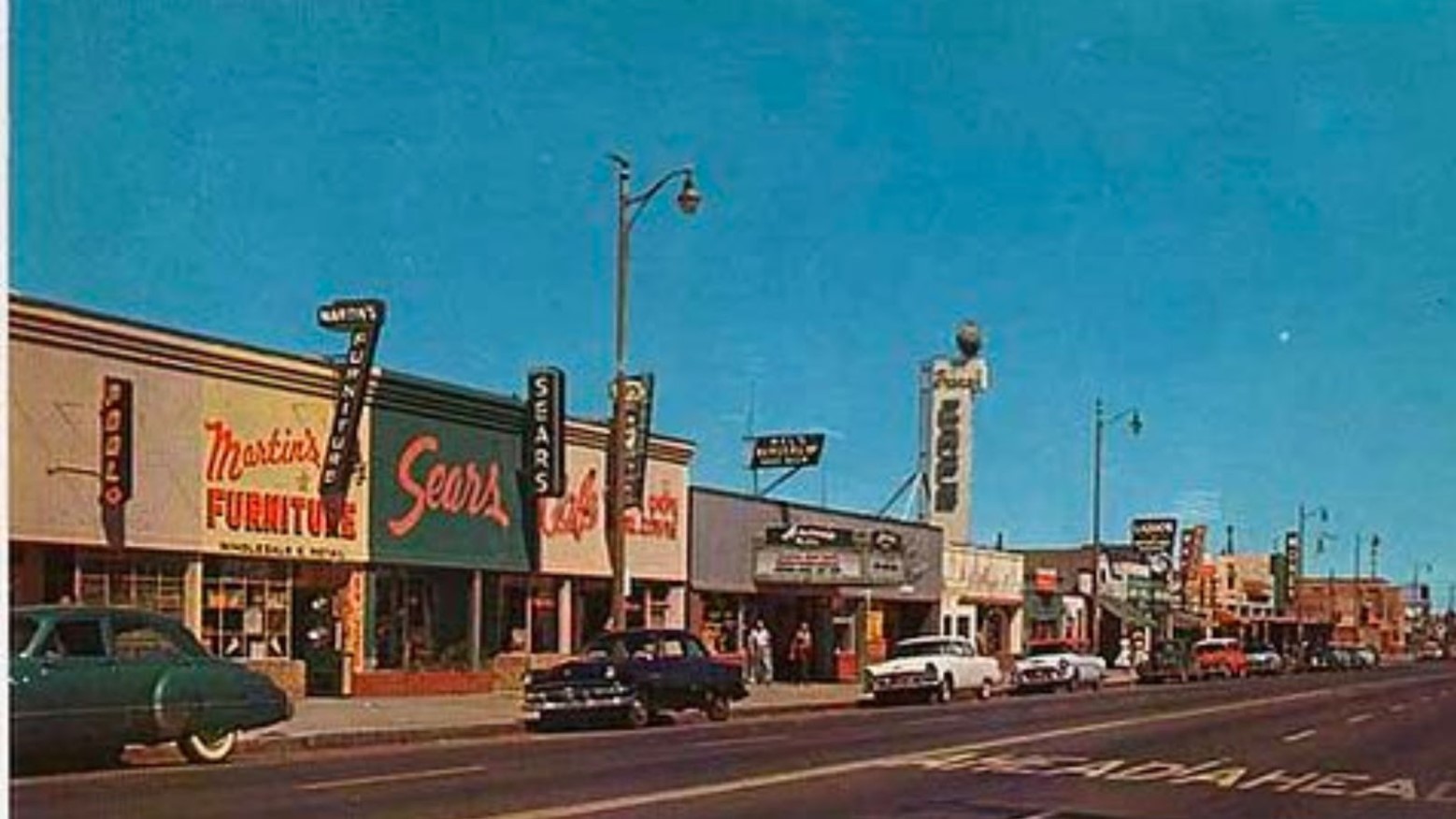
Once the area became known for industrial production and aerospace work, business began to boom. Despite this, “Lancaster remained known as a regional industrial center more than a city,” according to the project’s design team.
The design team continued to note that “it ultimately suffered from high-speed traffic, poor pedestrian experience…and reduced retail activity.” The city was able to enhance the surroundings with a redevelopment grant in 2011 — a program that was discontinued in 2012
There’s Something for Everyone at the BLVD

Beyond the many various shops that have come into the area, there are many more areas to socialize and commune in — such as the adjacent American Heroes Park, and the Museum of Art and History.
Both places are frequently trafficked, as are the many family-friendly activities and “hidden gems” that the area has to offer.
